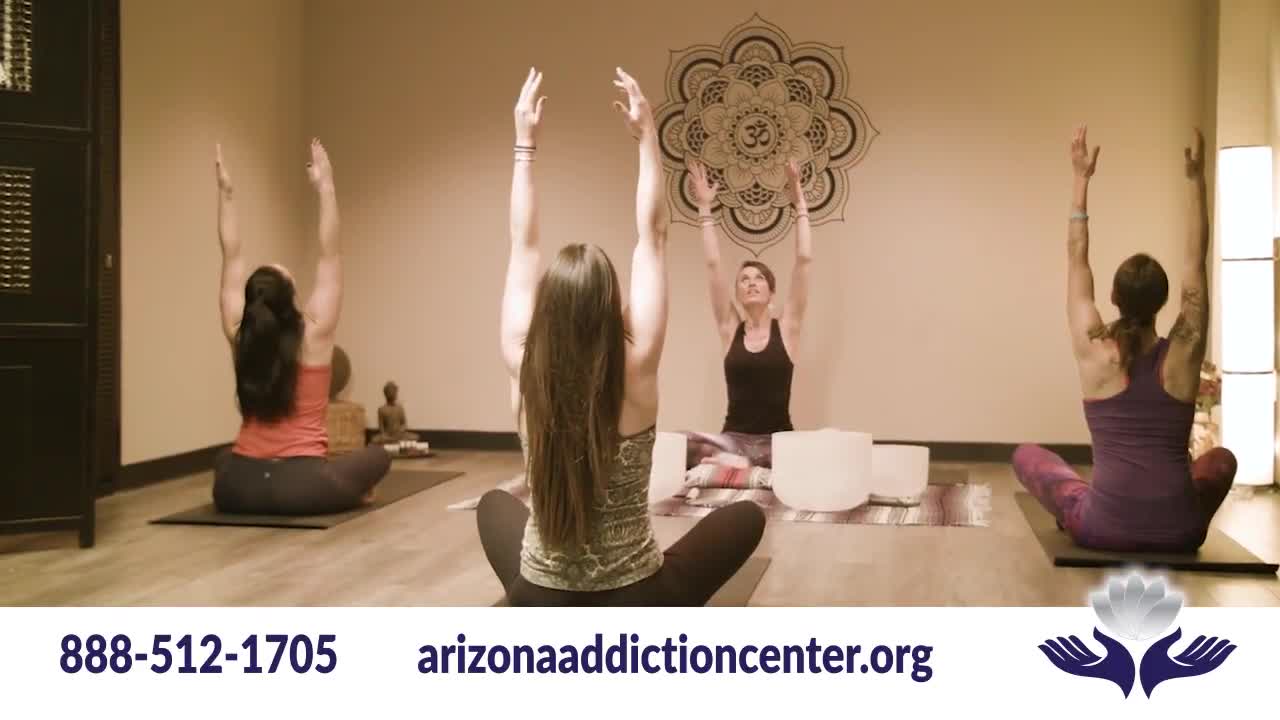What is the 12-Step Program?

Addiction is a complex and life-threatening issue. It affects the brain and normal bodily function. It also affects a person’s mental, emotional, and physical well-being. It is contagious, and one person may influence other people into the lifestyle of addiction. Addiction holds no bias, it can take ahold of anyone regardless of gender, race, education level, social status, etc. Recovering from addiction needs thorough guidance and today we are going to talk about one of the most important programs to come out for addiction recovery: The 12-Step Program.
History of the 12-Step Program
The 12-step program was designed by Alcoholics Anonymous, in 1938 by Bill Wilson to assist individuals with their recovery process from addiction problems with alcohol. It is patterned from a spiritual Christian inspiration for those who seek help. The main point of the program is to educate people on how to help one another gain success in sobriety and freedom from addiction. This program focuses on helping individuals discipline themselves and find ways of coping with their past cravings.
Since then, many other groups were formed to assist people who are struggling with other types of addiction, such as Cocaine Anonymous, Narcotics Anonymous, and Marijuana Anonymous. The philosophy of the other groups is identical to that of Alcoholics Anonymous (AA).
What is the 12-Step Program?
Let’s discuss what the 12-Step Program is and what kind of ideals it seeks to instill in attendees.
Acceptance towards powerlessness over the addiction
A person’s brain functions are affected by the chemicals from the substance being abused. Normal functions of the body may be disrupted, making it harder for the person to function normally. The first step requires the patients to admit that they are no longer capable of making the right decisions for themselves, that they can no longer control their urge to abuse substances. Accepting your situation and state of mind is vital for overcoming the first step towards recovery.
Consider that there is a higher force than oneself.
The goal of step two is to restore faith in the idea that someone or something is greater than you, which will help them recover from through more humility. 12-Step makes the individual restore their faith in the idea that there is a higher power at work and that they are not alone. It is more about the spiritual aspects of a person and not necessarily religion.
Submitting oneself to the Higher Force
Step one and two are focused on reflection; reflecting that you need help and someone or something is greater than yourself. On the other hand, step three requires an action to move forward from their situation. The third step requires an individual to learn how to pray the Serenity Prayer, which reminds them of their goals. The prayer reminds an individual that they must accept their situation and that anyone can recover.
Categorize oneself from its experiences
It requires a person to write a list of experiences and feelings that are difficult to accept and even remember. This is the most important factor in step four, an individual needs to impart honesty in everything. Personal experiences that might trigger you into abusing the substance again will be discussed during the sessions. This step can be difficult because it requires a person to discuss sensitive topics, it takes time to adapt to this.
Admitting to God (or any higher power you believe in), oneself, and other people your wrong-doings.
Step 5 is known as a Confessional Step that should always follow the step 4. Individuals are paired with someone they truly trust to voice out everything they write during Step 4. This is the time of an intimate and serious conversation that will help them release a portion of their individual struggles. It can be difficult for a person to open up but with proper guidance, support, and willingness, anything is attainable. After undergoing Step 5, an individual experiences relief from the situation, leaving the baggage of the past behind.
Allowing the highest power to restore you from all of your short-comings
An individual is required to let go of all of the baggage that hinders them to grow and move on. Step 6 reminds us that an individual should pray for guidance. The process of growth and rehabilitation is a continual one.
Humility over the Higher Power
Recovering from addiction is never an easy battle, and you need a lot of support to fight back. Step 7 reminds each person that there is someone who is willing to listen and accepts their flaws even if others lose their hopes for you. Pray and communicate, the Higher Power may be different from everyone but its sole purpose is to help an individual to overcome the situation. Meditation is a practice done in step 7 as well. It allows an individual to relax and communicate with the higher power.
Willingness to change
Step 8 asks every individual to learn to forgive, forgiveness for their short-comings and willingness to correct it. It requires a person to write down two sets of lists, one is a list of people whom they want to ask for forgiveness, and the other is a list of whom they need to forgive. This will be used for addressing a person’s guilt, anger, fear, and resentment. Honesty is essential to surpass step 8.
Forgiveness for what you have done
After writing the lists in step 8, you are now required to make amends to specific individuals. It is the time when an individual is required to reach out to other people and approach them to ask for forgiveness. By doing so, it allows an individual to experience a humbling feeling. Step 9 helps an individual to move on.
Maintaining Spiritual Progress
Individuals are required to evaluate their actions daily. Step 10 asks individuals to continuously examine their thoughts, actions, words, and behavior in their daily life. Abstaining oneself from temptations is hard as temptations are nearly everywhere, you need to pray for strength to overcome every temptation that will test your faith and your newfound sobriety.
Communicate to the higher power
Talking to God (or other forms of Higher Power) is the best thing you can do when you feel like no one else is listening to you, that is where you can find peace and refuge. Step 11 allows an individual to use prayer as a tool to strengthen the spiritual connection with the higher power. Writing a journal is also a good idea to help document your thoughts and emotions thoroughly.
Serving others by delivering the 12-Step Program
After you finish the steps previously mentioned, you are now called to serve others who need the program. As someone who underwent the 12-step program, you are the best person to help others in need. Your testimony is a strong example for those who are wondering if everything will turn right.
It is different when a person tries to recover alone without guidance from someone who knows the proper way of dealing with it. It is advisable to consult a doctor for proper treatment and gain additional pointers for recovery. With the help of the program, a person develops traits that will help with their journey towards recovery from addiction and enjoy a normal life.
Some of the benefits of the 12-step program include:
- The ability to recognize that you are suffering from addiction
- The ability to accept that you need help
- Being aware of the symptoms that are the result of addiction and discovering things that help you restrain from abusing even more substance
- Embodied your self-restraint for positive results
- Sympathy for people who have been a victim of substance abuse and for others who experience the same struggles in life
The 12-step program will help you with your recovery. Some people may find it difficult to achieve results immediately but they need to have patience Recovery is an ongoing process and it can be slower for some individuals. Just remember that recovery is possible.




